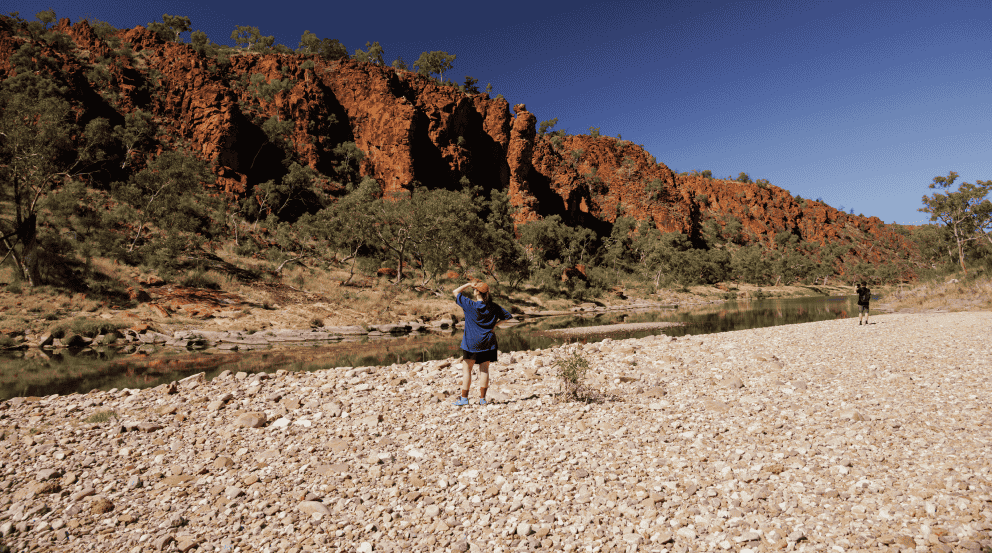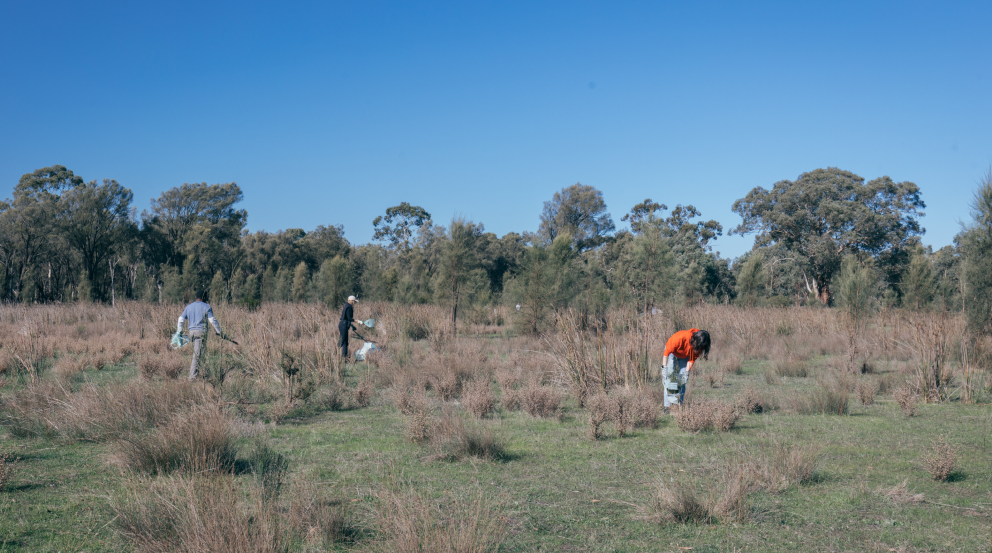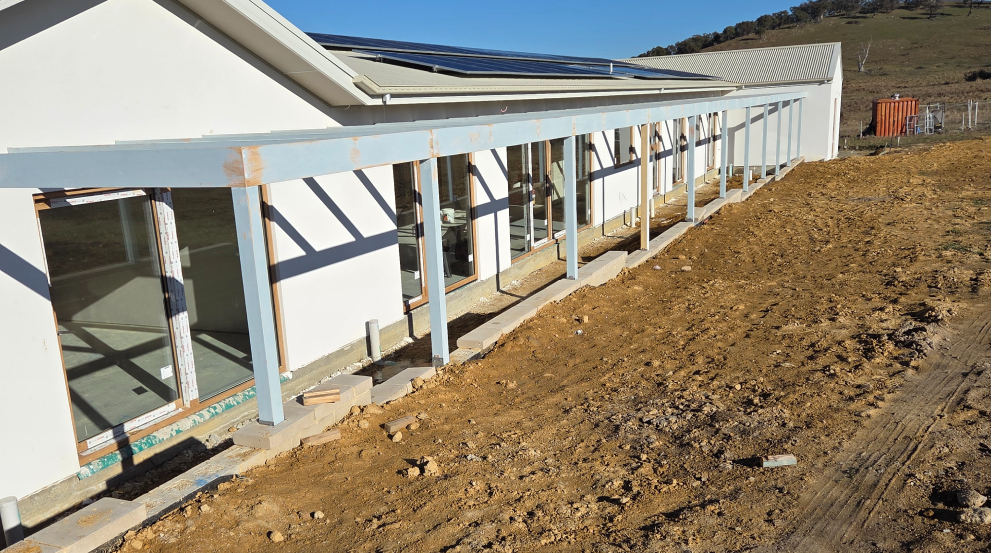With National Reconciliation Week – a week dedicated to encouraging all Australians to learn about our country’s shared history, cultures and achievements – kicking off this week, we thought it’d be a good time to have a look at some of the challenges and opportunities that arise when we think about educating the next generation of Australians in that vital history.
To help us do that, we spoke to Seona James, a proud Yorta Yorta woman and owner of Indigenous Cultural Connections, a business that specialises in Cultural Awareness training. Seona spends most of her working life running workshops with and educating corporate clients on the importance of establishing culturally respectful workplaces, as well as helping businesses set up and enact their Reconciliation Action Plan. And she’s in pretty high demand.
Thankfully Seona was able to put aside a bit of time to talk to us. Here, she shares some thoughts on reconciliation – and how we might approach the subject with younger Australians.
What reconciliation means to me
“It's about addressing all of the disadvantage that exists amongst Aboriginal and Torres Strait Islander people. And working on how the government, corporate environments and businesses, and society in general can create a level of equality. This is particularly centred around the understanding of culture, the understanding of what's gone on previously. Once we have that base, we can then start to address some of those disadvantages, which include focusing on employment and health outcomes for Aboriginal and Torres Strait Islander People. It’s about righting some of the wrongs; about fixing the impact of past government policies and practices.”
What reconciliation isn’t
“So it’s about this understanding, but it’s not about dwelling on it. It’s not about getting the sympathy vote. It’s about recognising what’s happened, acknowledging it, then addressing the challenges that sit among this cohort of people, and overcoming those challenges together.”
Indigenous history and kids: The lay of the land
“Aboriginal history isn’t a compulsory part of the national curriculum – it’s not part of any state curriculum either. What happens is that it’s a principal-by-principal choice as to whether or not it gets rolled into a school’s timetable. If it is delivered, it will be chosen off a menu of many topics – at the principal’s choosing – which is why some schools cover it, and some don’t. And if it is included, it’s usually very focused from colonisation onwards. So some kids get exposure to it, and some don’t.”
How we might get kids engaged
“One great way to get kids hooked early is to give them an experience they’ll never forget. It might be something as simple as the Cultural Heritage Walk with a local Indigenous guide in Melbourne’s Royal Botanical Gardens, or it could be that bigger trip to a place like Uluru. Local councils are required to promote their local Traditional Owners too, so you can usually jump on your local council website and find points of interest, and guided or self-guided walks and tours. There’s no shortage of fascinating Indigenous sites for kids to explore, and activities for them to get involved in. Of course you can use books too, or visit museums and trusts such as the Koorie Heritage Trust in Melbourne’s Federation Square.”
How proud we could be
“If you just look at New Zealand, it’s such a good example of a more inclusive approach to First Nations culture. They have Maori language, family structures, kinships and education all embedded into daily life. Kids learn it at school, they learn the language – it’s expected. Non-Maori people even learn to speak Maori, and New Zealand is only five minutes away!”
The opportunity of National Reconciliation Week
“For Australians, National Reconciliation Week is a great opportunity to get involved in all sorts of learning and cultural events around the country. It’s certainly a great tool to use to get kids of all ages involved and engaged in Aboriginal and Torres Strait Islander culture and history. With the theme this year of ‘In This Together’, one great activity is the ‘hand-in-hand’ idea where you’ll get your kids to draw an outline of their hand, then cut it out, then write a few words about what reconciliation means to them inside the hand. It’s a nice way to get primary-aged children to start thinking about these themes and ideas.”
National Reconciliation Week runs from 27 May – 3 June, and this year’s theme is ‘In This Together’. Find out how you can get involved on the National Reconciliation Week website.








